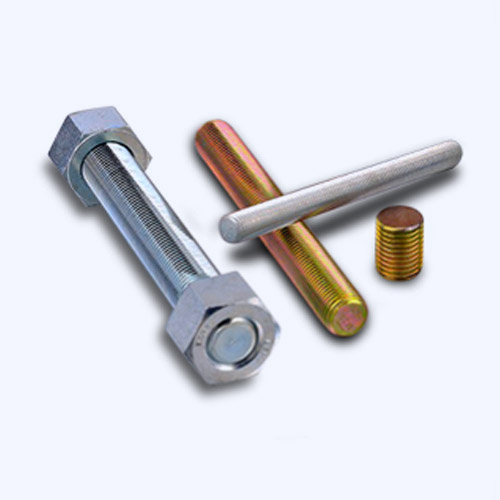ное. . 18, 2024 06:08 Back to list
Hexagonal Bolts and Nuts for Secure Fastening Solutions in Various Applications
Understanding Hex Bolts and Nuts Essential Components for Construction and Machinery
In the world of construction and machinery, the importance of fasteners cannot be overstated. Among the various types of fasteners, hex bolts and nuts play a crucial role in providing strength and stability to structures and mechanical assemblies. This article delves into the characteristics, applications, and benefits of hex bolts and nuts, highlighting why they are essential in any engineering or construction project.
What Are Hex Bolts and Nuts?
Hex bolts are characterized by their six-sided heads, which allow for easy tightening with a wrench. They are typically made from materials such as steel, stainless steel, or other alloys, making them versatile for various applications. These bolts come with a smooth shank and a threaded portion, enabling them to be inserted into pre-drilled holes and secured tightly using a nut.
Nuts, on the other hand, are hexagonal pieces of metal with internal threads designed to fit onto the threads of a bolt. When paired together, hex bolts and nuts create a robust fastening solution that can withstand significant loads and stresses. This combination ensures that the components remain securely attached, reducing the risk of loosening over time.
Key Characteristics of Hex Bolts and Nuts
1. Variety of Sizes and Grades Hex bolts and nuts come in various sizes, lengths, and grades, allowing engineers to select the appropriate type for their specific applications. Common sizes range from small metric bolts to larger industrial bolts, while grades indicate the strength and material properties.
2. Material Types The materials used for hex bolts and nuts can vary significantly based on the application. For instance, corrosion-resistant stainless steel is ideal for outdoor use, while high-carbon steel is suitable for heavy-duty applications due to its strength.
3. Thread Options Hex bolts and nuts can feature different thread types, such as coarse or fine threads. Coarse threads provide better grip in soft materials, while fine threads are ideal for harder materials, as they allow for more precise adjustments.
Applications of Hex Bolts and Nuts
Hex bolts and nuts are utilized in numerous industries, from construction to automotive and aerospace. Here are some common applications
hex bolts and nuts

1. Construction Hex bolts secure structural connections in buildings, bridges, and other infrastructures. They are essential in ensuring that beams, columns, and panels are tightly fastened to form a stable structure.
2. Machinery Assembly In machinery and equipment, hex bolts and nuts are used to attach various components, including engines and gearbox casings. Their ability to withstand vibrations and shocks makes them ideal for these applications.
3. Furniture Manufacturing Many furniture pieces, particularly metal furniture, make use of hex bolts and nuts for assembly. This allows for easy disassembly and reassembly, making transportation and adjustments more manageable.
4. Automotive Industry Hex bolts are vital in vehicle assembly, where they hold critical components such as engines, suspensions, and body panels together, ensuring the integrity and safety of the vehicle.
Benefits of Using Hex Bolts and Nuts
1. Strength and Stability The design of hex bolts allows them to provide high tensile strength, making them ideal for applications that require a secure hold under heavy loads.
2. Ease of Installation and Maintenance Their hexagonal shape ensures ease of tightening and loosening with standard tools, making installation and maintenance straightforward.
3. Cost-Effective Solution Hex bolts and nuts are often more cost-effective compared to other fastening methods, providing an economical choice without compromising on performance.
4. Wide Availability Due to their popularity in various industries, hex bolts and nuts are widely available in the market, ensuring that project deadlines can be met without delays.
Conclusion
Hex bolts and nuts are essential components in various fields, offering strength, versatility, and reliability. Their widespread applications in construction, machinery, and automotive industries demonstrate their importance to structural integrity and mechanical function. Understanding the characteristics and benefits of these fasteners is crucial for anyone involved in engineering or construction projects, ensuring that safety and performance are always prioritized.


